The Back Room
The Back Room: Pacific Pivot
This week: two weeks of Asian market milestones, the Big Three’s big May, Old Masters running in place, and much more.
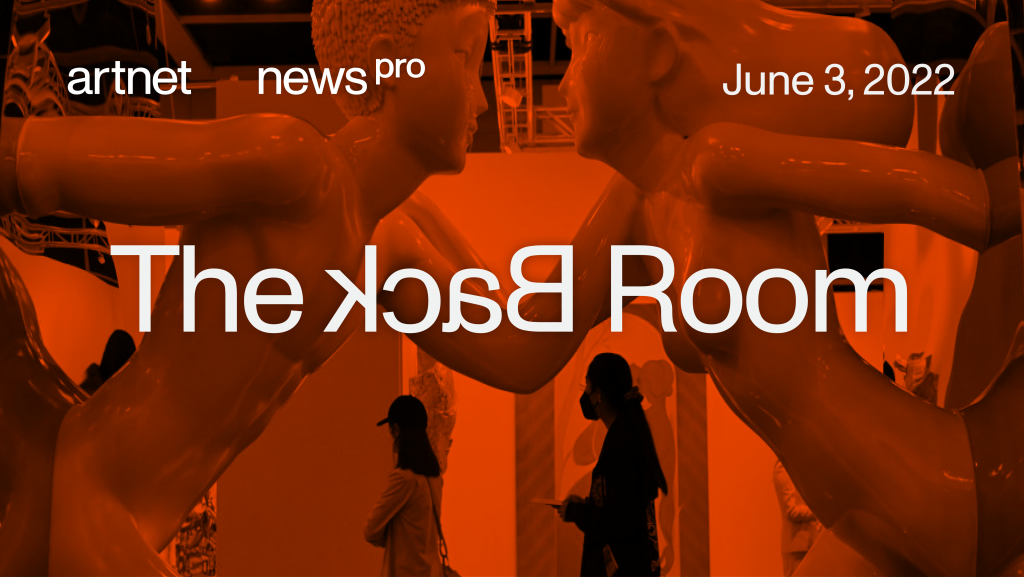
This week: two weeks of Asian market milestones, the Big Three’s big May, Old Masters running in place, and much more.

Tim Schneider &
Julia Halperin

Every Friday, Artnet News Pro members get exclusive access to the Back Room, our lively recap funneling only the week’s must-know intel into a nimble read you’ll actually enjoy.
This week in the Back Room: two weeks of Asian market milestones, the Big Three’s big May, Old Masters running in place, and much more—all in a 6-minute read (1,780 words).
__________________________________________________________________________
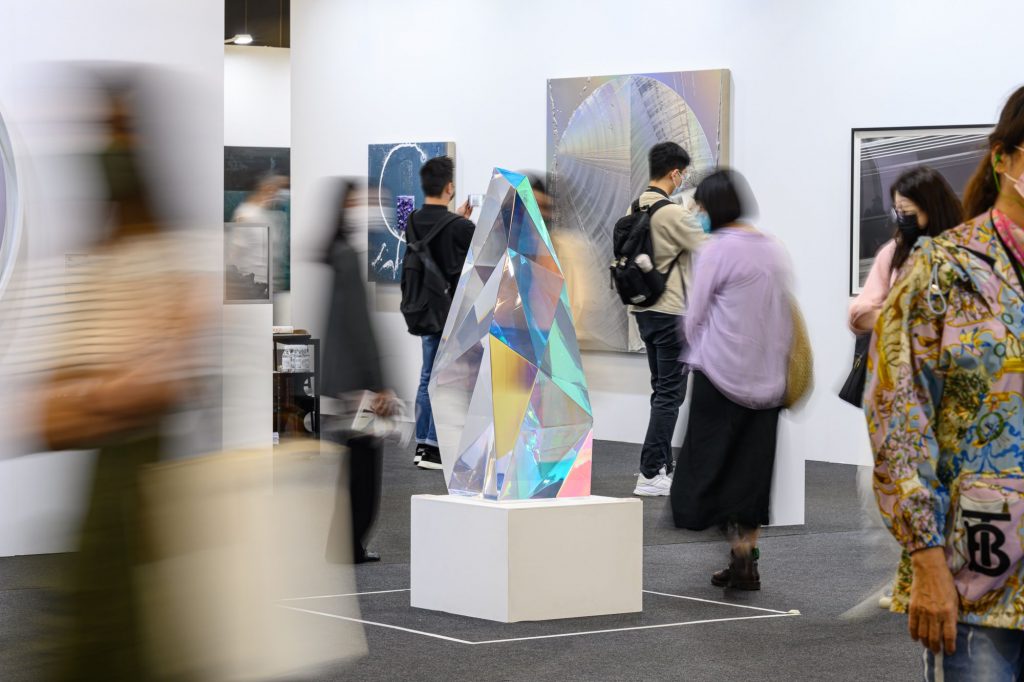
Visitors on site at Taipei Dangdai 2022. Photo courtesy of Taipei Dangdai 2022.
While many in the Western art trade were trying to catch their breath from May’s relay race of New York fairs and auctions, their counterparts in East Asia grabbed the baton and ran with it. The handoff happened so fast amid such a chaotic spring schedule that all but the most committed market observers might have missed some of the action.
So today, we want to highlight the major themes from the latest editions of Taipei Dangdai, Art Basel Hong Kong, and the major spring art sales at Christie’s Hong Kong—all of which went down in the past two weeks.
Here’s what we learned…
Taken together, the full cycle of art auctions at Christie’s Hong Kong generated HK$1.8 billion ($231 million) worth of sales—the second highest total for the category in the history of Christie’s Asia. It also set world records for 35 artists. (More on those shortly.)
The 20th/21st century evening sale alone rang up HK$1.4 billion ($184 million), landing within the presale estimate range. Of 62 lots scheduled to hit the block, four passed and three were withdrawn, leading to an 89 percent sell-through rate (or 93 percent if you ignore the withdrawals).
As for Art Basel Hong Kong, the fair’s post-show sales roundup listed nearly 120 works placed from across price tiers and expo sections. The list of standouts stretched from a 2008 Yoshitomo Nara canvas moved for more than $4 million by Hong Kong’s Kwai Fung Hin gallery, to a quartet of Glenn Kaino NFTs sold for $1,000 each by Pace.
Taipei Dangdai saw numerous exhibitors with differing strategies cash in quickly. Yes, David Zwirner tallied nearly $5 million in total sales by featuring canonical Western modernists. But it was equally emblematic of the fair that Taipei-based Lin and Lin Gallery surpassed NTD 20 million ($676,892) on day one by leaning into regional artists such as Zhao Zhao and Huang Chia-Ning.
At Christie’s, more than one-third of the 35 auction records set belonged to millennial artists, according to a house statement. The evening sale’s fireworks featured results above $1 million for seven ultra-contemporary talents (which we define as artists born after 1974), including Hernan Bas, Loie Hollowell, and Hilary Pecis.
Hong Kong galleries, especially those (such as Blindspot and Exit) featuring “homegrown talent… were among the most popular with the VIP attendees” at Art Basel Hong Kong, Vivienne Chow wrote. Case in point, De Sarthe gallery placed all 23 of its pieces by 33-years-young Hong Konger Mak2 (a.k.a Mak Ying Tung 2), including eight paintings priced between $18,000 and $20,000.
At Taipei Dangdai, collectors in their 40s or younger were frequent buyers. In fact, they made up the only age demographic encountered by multiple dealers who posted healthy sales in the early days, including Tainan’s Soka Art and Paris’s Galerie Julien Cadet.
Christie’s Hong Kong sales saw the now-standard mix of in-salesroom and remote bidders, with online competitors logging on from as far afield as Michigan and Panama. The fairs faced bigger challenges.
Taiwan’s borders remain closed to most international visitors, and its coronavirus caseload hit an all-time high around Taipei Dangdai’s opening. No wonder Taiwanese galleries made up almost half of the expo’s 62 exhibitors (down from 99 in its pre-COVID second edition in 2020). Many of the rest participated remotely via assigned local representatives. The fair still drew 22,000 visitors, just more than half as many as in 2020, but online deals with regional collectors were not uncommon.
Art Basel Hong Kong overcame similar hurdles. Visitors from abroad must quarantine for seven days (down from 21 days last year) before being granted free movement through the city; even residents of mainland China are restricted from “unnecessary” travel to Hong Kong.
Yet this year’s fair counted 130 exhibitors from 28 countries and regions, about one-quarter more than last year’s 104. Still, 75 galleries (about 58 percent) participated via satellite (or “ghost”) booths manned by local proxies.
Although ABHK no longer gave dealers the option to pitch collectors by hologram, fair officials facilitated multilingual virtual tours for individuals from more than 30 countries and territories. Several institutions accessed the fair through this channel, including the Museum MACAN (Jakarta), the Mori Art Museum (Tokyo), and the UCCA Center for Contemporary Art (Beijing).
The virtual tours often led to actual sales, per a fair spokesperson, proving once again that neither virus nor government can halt cultural commerce in a booming market.
__________________________________________________________________________
All of the above themes suggest the art trade in East Asia is still powering forward despite wider economic and political uncertainty. It’s an encouraging omen for Art Basel’s upcoming flagship event, the June auction slate, and the longer-term health of the global industry.
That said, we shouldn’t make the rookie mistake of assuming past performance predicts future results, either. With a land war still raging in Europe and fears of a recession still growing, a lot could change in another two weeks. But you’d rather be building on these recent sales results than the alternative.
____________________________________________________________________________
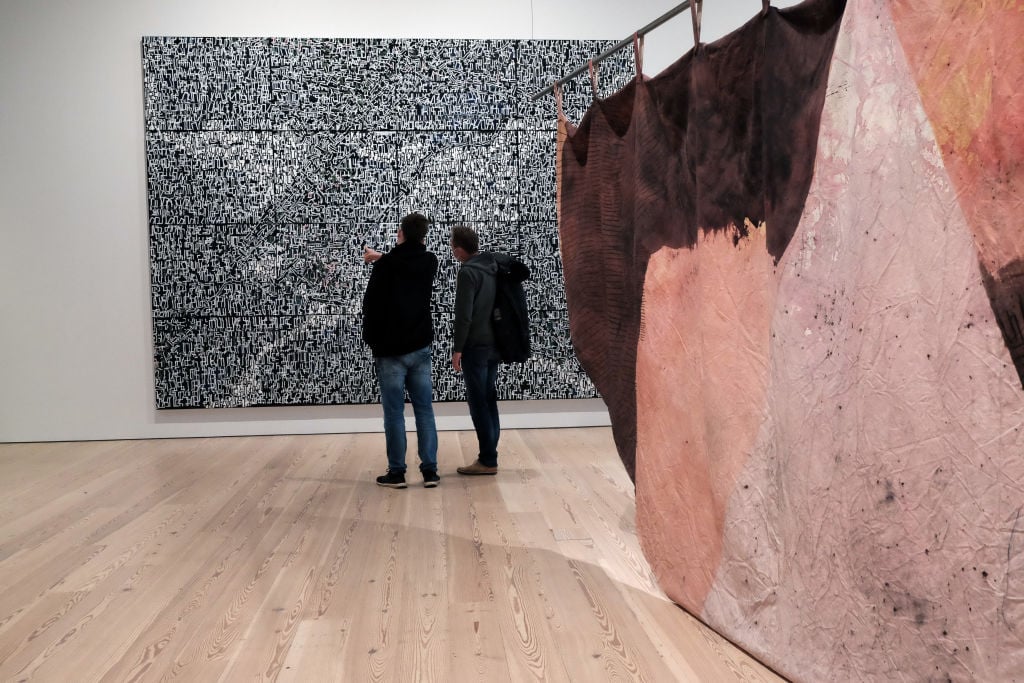
People walk through the Whitney Biennial show at the Whitney Museum of Art on April 06, 2022 in New York City. (Photo by Spencer Platt/Getty Images)
The latest edition of Wet Paint reveals that the NYPD is hunting for an artwork stolen from the Whitney Biennial during the show’s opening-night festivities, and that Frank Stella’s son makes political donations based on what will piss off his parents the most. (Blue-chip artist progeny: they’re just like us!)
Here’s what else made a mark around the industry since last Friday morning…
Art Fairs
Frieze Los Angeles is moving to a bespoke tent at the Santa Monica Airport for its next edition, scheduled for February 16–19, 2023. (Artnet News)
Auction Houses
After a glut of Monets hit the block in New York this spring, Christie’s will offer the artist’s Waterloo Bridge, Effet de Brume at its London evening sale on June 28, with an estimate in the region of £24 million ($30 million). (Guardian)
Galleries
Hauser & Wirth announced plans to open its first gallery in Paris and a Southampton outpost of its craft-and-design-focused arm, Make. (Artnet News / Artnet News)
Tech-focused artist Sarah Meyohas is now represented by Marianne Boesky; Odili Donald Odita has joined David Kordansky; and Siji Krishnan will be repped by Kohn Gallery. (Press releases)
Institutions
Former Louvre director Jean-Luc Martinez was charged with complicity in organized fraud and money laundering in connection with objects allegedly smuggled out of Egypt and purchased by the Louvre Abu Dhabi. Martinez denies the charges. (Artnet News)
Mega-collector Glenn Fuhrman’s FLAG Art Foundation promoted artistic director Jonathan Rider to lead its New York exhibition space. (Press release)
… and All the Rest
An intriguing list of boldface names—including artist Nina Chanel Abney, investor Shaun Neff, producer Pharrell Williams, and gallery owner Todd Kramer—are backing GODA, a new NFT platform that aims to empower creators. The first drop is coming this summer. (Press release)
____________________________________________________________________________
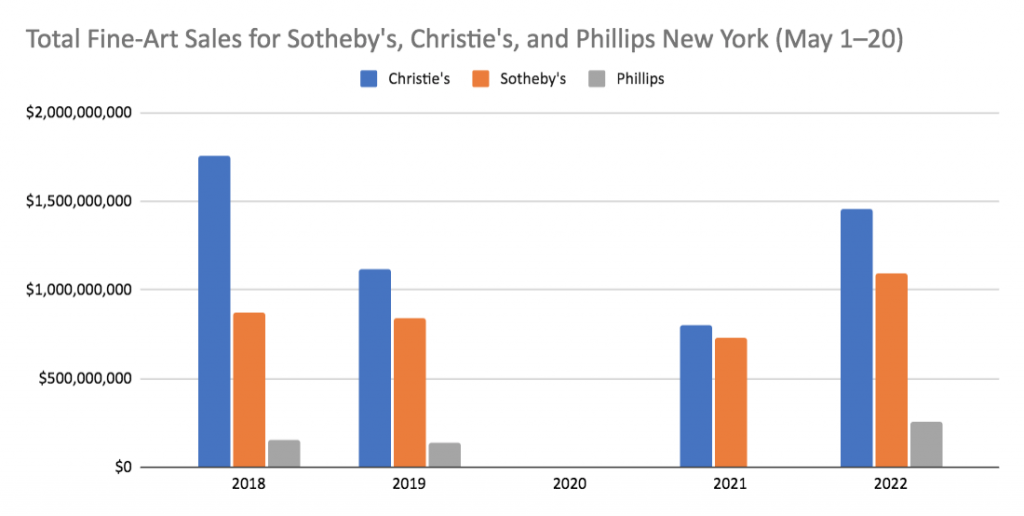
© 2022 Artnet Worldwide Corporation.
Billions of dollars worth of art hit the auction block last month in New York. How did the results compare to earlier editions of the Big Three houses’ May sales?
The takeaway? The air may have been a little thin at the very top of the market this season, but there was still enough appetite to absorb a nearly unprecedented influx of high-value material.
____________________________________________________________________________
“He wanted to be absolutely free. He wanted to be alone. He refused to sell. He refused to show. And he’s succeeded.”
—curator Anne Baldessari on Simon Hantaï‘s 1982 decision to withdraw from the art world at the height of his powers… and stay gone until his death in 2008. (Artnet News Pro)
____________________________________________________________________________
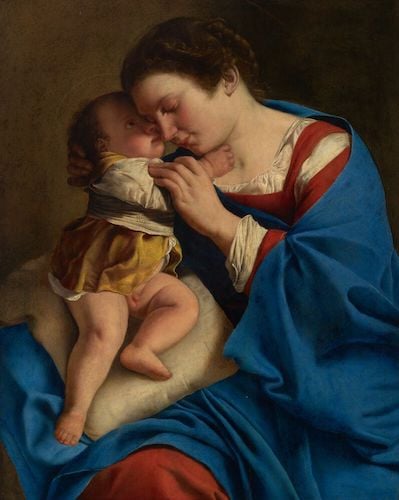
Orazio Gentileschi, The Madonna and Child (1607). Courtesy of Christie’s Images Ltd.
____________________________________________________________________________
Estimate: $4 million to $6 million
Selling at: Christie’s New York
Sale Date: June 9
Those who tell you that the price of art can only go up ought to take a look at the lineup for “New Perspectives: Masterworks From the Alana Collection,” a sale of Old Masters assembled by the Chilean economist Álvaro Saieh and his wife, Ana Guzmán. Fifty-four works from the esteemed Renaissance art collection—whose title, Alana, is a combination of the first names of its founders—will hit the block next week at Christie’s. A closer look at the highlights reveals a number of works on offer for around the same prices they were purchased for a number of years ago.
The Alana Collection picked up this work by Orazio Gentileschi at Christie’s in 2007 for £2 million (equivalent to $4.1 million at the time). It remains the artist’s second highest auction price. Fifteen years later, the same work returns with an estimate of $4 million to $6 million. (A Christie’s spokesperson described it as a “strong estimate.”)
Ironically, some scholars once attributed this painting to Orazio’s daughter, Artemisia, and it might have found better luck under her name—she’s one of the few Old Master artists whose markets have seen a sharp uptick in recent years.
____________________________________________________________________________